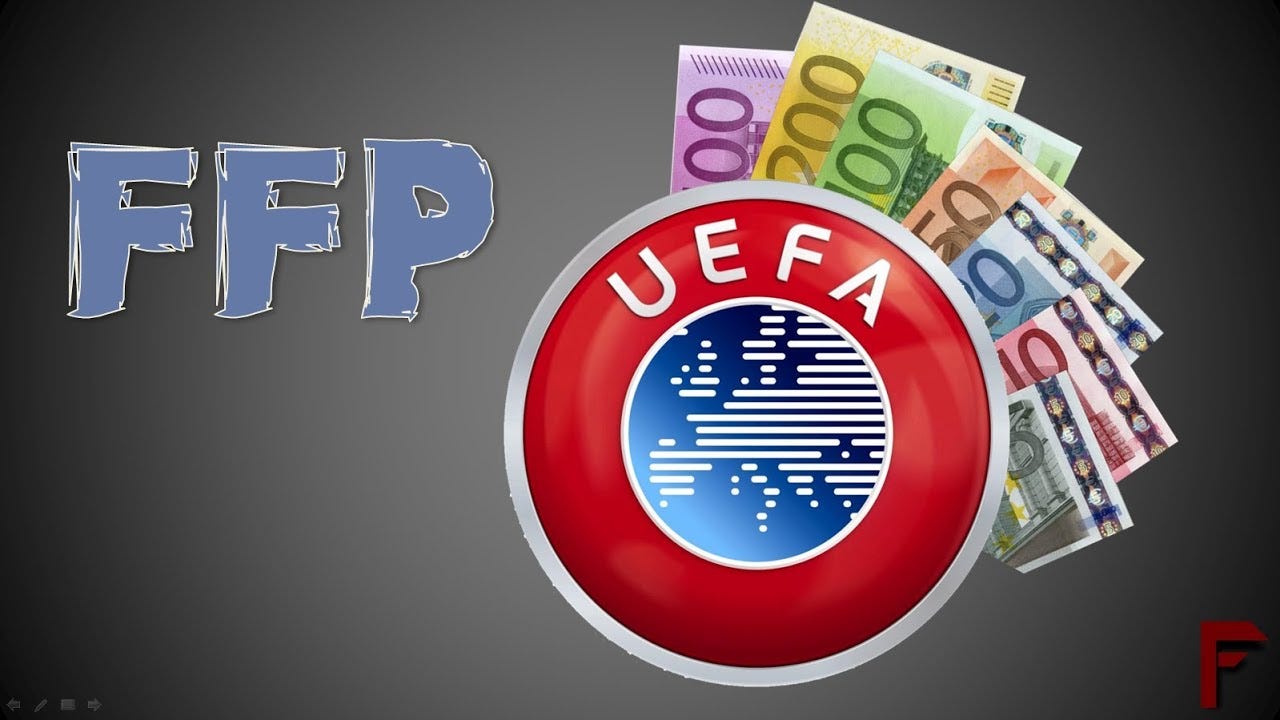Football has become more than just a sport; it is now a billion-dollar industry where elite clubs compete both on the pitch and in the balance sheets. UEFA’s Financial Fair Play (FFP) regulations were introduced to level the playing field and promote financial responsibility. However, major clubs often find creative ways to stay ahead without technically breaking the rules.
The origins and intent of Financial Fair Play
Financial Fair Play was designed to address growing concerns about the unsustainable spending habits of football clubs across Europe. In the late 2000s, many clubs were running at significant losses, relying heavily on owner funding without long-term financial strategies.
Why FFP was introduced in European football
UEFA launched FFP in 2009 with the goal of encouraging clubs to “live within their means.” The system was created in response to clubs racking up massive debts while chasing trophies. Many were spending more than they earned, leading to financial instability and even bankruptcies.
The rules intended to protect clubs from themselves. By enforcing a break-even requirement, UEFA hoped to establish sustainability in the football ecosystem. The move was also seen as a way to level competition, giving smaller clubs a fighting chance by restricting the financial clout of giants.
Key provisions and mechanisms of FFP compliance
UEFA oversees the enforcement and assessment of Financial Fair Play rules
To comply with FFP, clubs must demonstrate financial health over a three-year assessment period. UEFA analyzes income from ticket sales, sponsorships, broadcasting rights, and merchandising, subtracting football-related expenses like transfer fees and wages.
However, certain costs are excluded like infrastructure, youth development, and community projects. These exclusions have opened doors for creative accounting, especially when clubs want to spend big without breaching limits.
Strategies top clubs use to circumvent FFP
Even with regulations in place, top-tier clubs have learned how to push the boundaries while remaining technically compliant. These tactics often exploit ambiguities in the rules or rely on corporate structures that are difficult to regulate.
Creative accounting and revenue inflation tactics
One common method is revenue inflation through inflated sponsorship deals. Some clubs sign commercial agreements with companies linked to their ownership groups. For example, a club owned by a Middle Eastern consortium may secure a sponsorship deal with a state-owned airline at an unusually high value. UEFA has tried to investigate “related-party transactions,” but proving market distortion remains challenging.
Another tactic involves asset revaluation. Clubs may revalue assets like brand names or properties to increase their balance sheet worth. While this doesn’t bring in real cash, it strengthens financial statements and gives them more room to spend.
Clubs can also shift financial timelines. They may bring forward future revenues from TV rights or merchandise sales by selling them to third-party financiers for a lump sum. This can artificially improve their short-term cash flow and help meet FFP requirements in a given assessment period.
Exploiting loopholes in transfer and contract structures
Transfer strategies also play a significant role. Instead of paying large sums upfront, clubs often use long-term amortization. For example, a €100 million player signed on a five-year contract appears as €20 million per year on the books, even if the actual payment is more immediate. This accounting method allows clubs to add top-tier talent without triggering immediate FFP red flags.
Another loophole involves free transfers. While no fee is paid to another club, players arriving as free agents often receive massive signing bonuses and inflated wages. These costs are easier to disguise and spread over multiple seasons.
Clubs have also resorted to deferred payment schemes where transfer fees are scheduled over several years. This reduces short-term financial pressure and makes the books appear healthier during FFP assessments.
Learn Next: Soccer news, match reports and fixtures on Cakhia TV
Club group structures and multi-club ownership networks
City Football Group is a global football ownership group with a multi-club portfolio
A newer tactic involves multi-club ownership networks. Some major football conglomerates own or invest in multiple clubs across different countries. This setup allows them to transfer players between clubs at favorable prices or send players on loan to develop elsewhere without breaching spending caps.
One prominent example is the City Football Group, which owns Manchester City and several other clubs worldwide. This network facilitates internal player movement and financial flexibility that standalone clubs can’t easily match.
Such structures also help distribute operational costs and revenues, giving parent clubs more breathing space in FFP calculations. Although UEFA has regulations against direct financial manipulation among related clubs, enforcement remains limited due to the complexity of global finance.
Highlighting one such case, Manchester City’s FFP battles with UEFA over alleged irregularities underscore how difficult it is to enforce uniform standards across clubs with vast, intertwined financial ecosystems.
For viewers in Vietnam and across Southeast Asia following these developments closely, Xoilac TV provides a reliable platform to watch high-stakes football while staying updated with the business side of the game.
Conclusion
Financial Fair Play was built to safeguard football’s future, but big clubs have found ways to bend the rules to their advantage. Through smart legal maneuvering and financial engineering, they remain competitive while walking a fine line. As UEFA continues refining FFP, the challenge lies in closing loopholes without stifling the ambition that drives the modern game forward.
